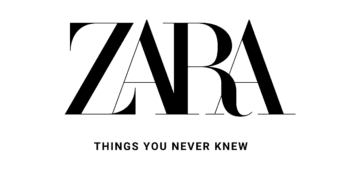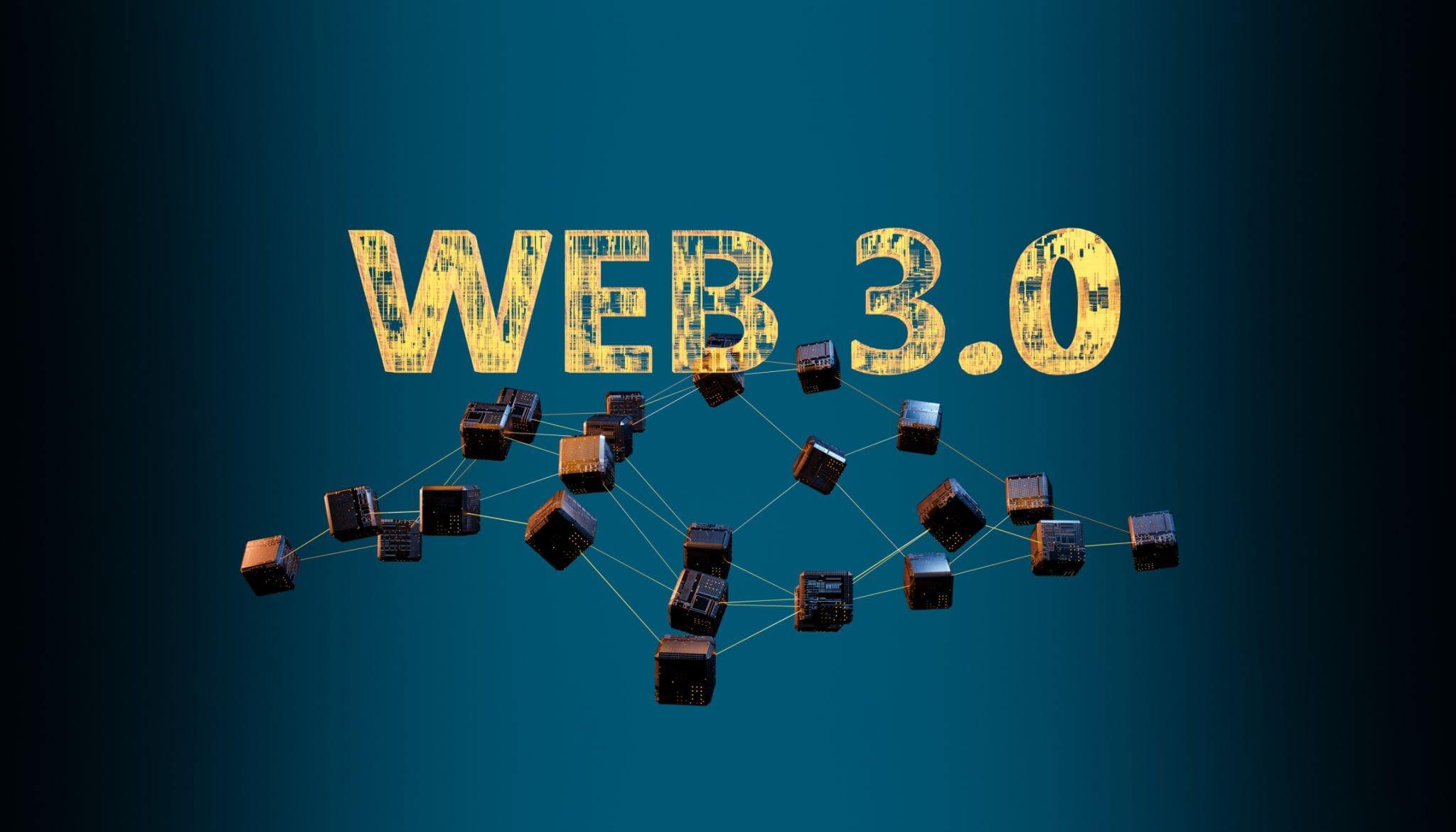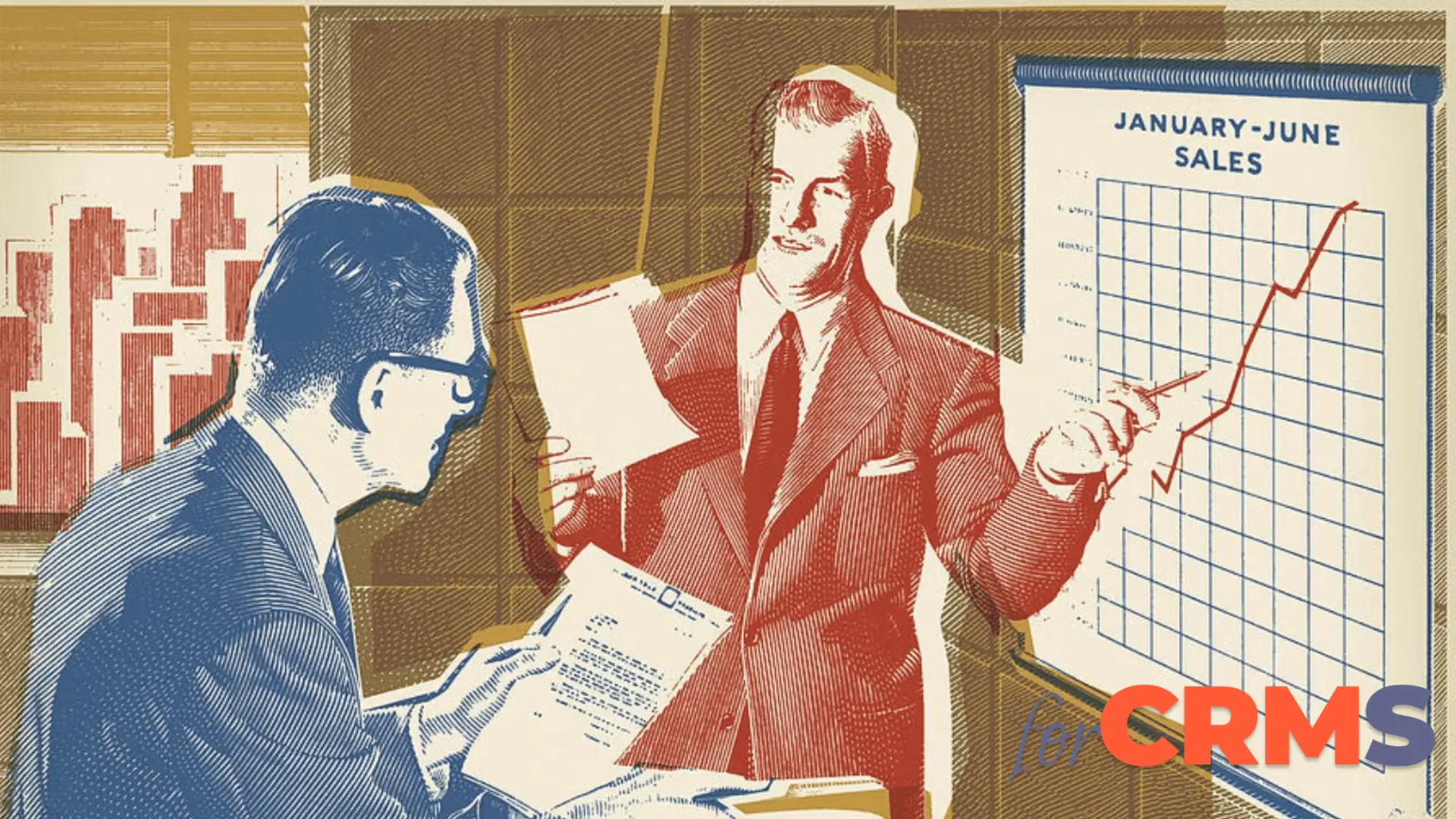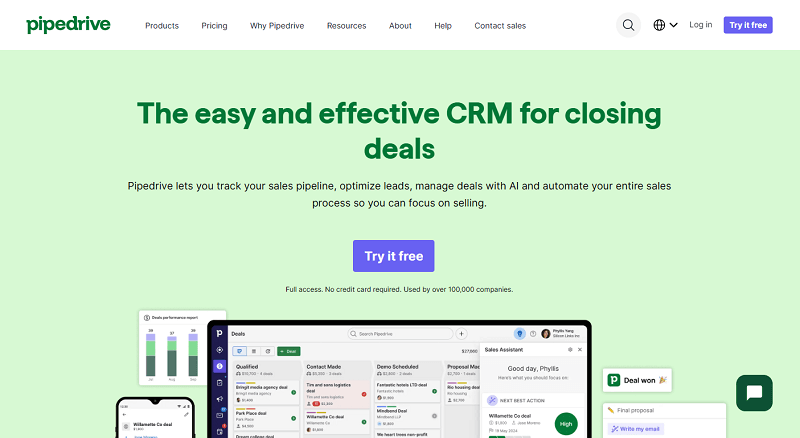In today’s rivalling business world, relationship management skills are fundamental. Entrepreneurs can greatly impact a business’s performance by using effective methods to build connections with suppliers and customers. Systems for supplier relationship management and customer relationship management (CRM vs SRM) are two critical tools for achieving goals.
These tools help improve relationships, so they differ in functionality or purpose. Businesses can understand the different options available to choose the right software for their needs and goals.
In this blog, we will explore the differences between CRM and SRM and their unique benefits in the business circle.
The Best Overall
Pipedrive
A sales-focused CRM that leverages AI to automate sales, lead & demand generation.
Best Budget Choice
Freshsales
Freshsales automates your sales process, and helps drives sustainable business growth.
Best for Workflows
Zendesk
Customize your workflows to track all aspects of the sales cycle, from lead gen to post-sale support.
What is a CRM?
Customer Relationship Management (CRM) software is a system for managing and analysing customer relationships. It helps companies organise customer data, track customer interactions, automate marketing campaigns, and analyse customer behaviour.
CRM systems empower businesses to deliver personalised experiences, improve customer satisfaction, and drive sales growth by centralising customer information and streamlining communication processes.
Features of a CRM

• Contact Management
One of the most crucial aspects of CRM is contact management. This feature allows users to organise and better serve their contacts by grouping them.
You can strengthen your marketing strategies and acquire vital client data when releasing new items. It also makes interactions with clients more personalised, making them feel important and valued.
• Sales Management
CRM uses lead scoring to quantify customer sales opportunities, helping users identify the most engaged clients.
• Lead Management
Lead management is an essential component of any CRM feature list. This technology allows a company to identify, through psychographic and demographic analysis, the best clients to follow up with. Like lead scoring, it helps your sales team focus on the right leads at the right time, making them more productive and efficient.
• Dashboards and Reports
Personalised reports and dashboards help users view information in a highly visual and interesting way.
They offer real-time data updates and a platform that users can view from multiple portals. With CRM, you’re investing in your company’s future; management can utilise these reports to make data-driven decisions.
• Process and Authorization
Process optimisation is one method by which your business can quickly become more efficient. By automating formerly manual activities like data gathering, data analysing, marketing campaigns, and other responsibilities, CRMs can help with optimisation.
• Marketing Automation
Marketing automation helps you reach the right people more effectively, increasing the likelihood of selling your products to interested audiences. A good CRM platform will allow you to control the terms of automating parts selectively.
Supplier Relationship Management (SRM)
Supplier relationship management (SRM) is a structured approach to evaluating and working with suppliers of products, materials, and services. It involves understanding each supplier’s impact on the company’s success and developing strategies to improve performance.
On the other hand, Supplier Relationship Management (SRM) focuses on managing relationships with suppliers and vendors.
Businesses should create strong partnerships with suppliers. This helps them maintain a reliable supply chain and reduce risks. It also promotes innovation through strategic collaboration.

Features of SRM
• Management Of Supplier Data
The document storage features allow you to store various documents, including contracts, receipts, invoices, transactions, certifications, and background checks. To provide effective onboarding, the system makes supplier registration easier through self-registration or portal-based sourcing.
Supplier data records are connected to show a complete picture of each provider’s background, work history, and ongoing projects. This connection happens automatically. It helps in understanding the supplier better. The information includes their past work experience and current projects.
• Supplier Risk Management
Supplier risk management identifies and manages operational and financial risks from public and private data streams. To provide proactive risk management, it automatically sends notifications on any exposure to operating risk. The probability of risk based on supplier data, risk variables, and overall hazards are all insightfully summarised in a comprehensive dashboard.
• Purchasing Administration
This feature makes it possible to create and manage lists based on data insights and streamlines the process of managing supplier lists. Thanks to this, project specialists can now be assigned to particular services or locations.
The system can track supplier status for both purchase orders and requisitions and provides a thorough understanding of procurement activity. It also makes it easier to track order execution from many sources and levels.
• Supplier Performance Management
Supplier Performance Management thoroughly summarises supplier activity using easily navigable dashboards. When a supplier’s performance is disruptive, automated warnings quickly alert stakeholders. The system can implement focused performance improvement methods through supplier segmentation based on participation level and performance.
• Supplier portal
The Supplier Portal is a collaborative hub where suppliers can actively manage and update their product catalogues. This is an interesting feature that streamlines communication between buyers and suppliers, ensuring that product information is accurate and up-to-date.
The portal lets suppliers update their catalogues on their own. This creates a flexible procurement system. The system helps buyers make better purchasing choices.
Additionally, file-sharing capabilities streamline the exchange of important documents, fostering a transparent and efficient collaboration between buyers and suppliers.
Key Differences Between CRM Vs SRM
1. Focus: SRM’s main goals are supplier performance optimisation and relationship management, whereas CRM’s primary goals are customer relationship management and engagement enhancement.
2. Data like contact information, purchases, and preferences are in CRM systems. SRM systems hold terms, prices, and delivery schedules for suppliers. Both systems store important information.
3. Objectives: CRM’s main goals are to boost customer lifetime value, loyalty, and retention; SRM aims to enhance supplier dependability, quality, and productivity.
4. Functionality: SRM systems normally provide supplier evaluation, contract administration, and procurement tools, while CRM systems frequently incorporate capabilities like lead management, sales automation, and customer support portals.
You can select the best tool for your business needs by being aware of these distinctions.
Benefits of CRM
• Higher Revenues
Your sales will continue to grow if clients continue to return. Sales process simplification and primary task automation are two ways CRMs assist you in increasing your sales pipeline.
It helps you organize and save all your sales data in one convenient place, so you can easily access it whenever needed.
• Analysis
Analytics is crucial to comprehending consumer behaviour. You and your staff need to gather customer data, but do you know what it means and how to use it? Using technology to maximise your business is something you should and can do. CRM systems will bring with them the statistics that you want.
• Increased Output
CRM software with marketing automation technologies can free up personnel by taking care of more routine, menial chores. This frees workers to concentrate on more human-centred tasks and develop rapport with clients.
It also guarantees that assignments are finished without getting lost in the shuffle. Many CRMs come with dashboards for workflows and business processes. These capabilities will allow you to identify areas where your workflow needs improvement.
• Nurturing Fresh Leads
Nurturing customer relationships leads to their success. It takes effective communication to nurture them, and the communication process may involve numerous steps and possibilities. An enormous benefit for your company is monitoring all of your interactions and notifying staff members when it’s time to follow up with a potential customer.
Benefits of SRM
• Improve Cost Management
Managing expenditures and lowering expenses are the primary benefits of an SRM. It is possible to proactively manage expenses by examining your supplier relationship through supply chain data analysis. You can also:
– Reduce the price of entering a new contract and any associated negotiations.
– Analyze pricing deltas in your supply chain.
– Logically organise vendors or products
– Find more savings in logistics.
• Supply Chain Consolidation
When the buyer and supplier collaborate on certain aspects of their businesses, they gain insight into each other’s operations. This collaboration allows them to understand how each other’s businesses function. By working together, they can learn more about the inner workings of each other’s operations.
This partnership helps them better understand how their respective businesses operate. Both sides can adjust their procedures to improve collaboration, resulting in increased benefits and efficiencies in their operations.
Consolidating the supply chain can reduce the number of suppliers buyers use. This will make budgeting easier and speed up the buying process.
• Enhanced Dexterity
Strategic supplier management (SRM) can enhance agility by cultivating adaptable and change-responsive supplier relationships. Superior-quality goods and services may result from this.
• Business Continuity
SRM works with trustworthy suppliers and has a good track record. This helps improve business continuity, improving the quality of products and services.
Which software system should you use?
Successful organisations may use SRM, CRM, or both, depending on their specific needs. The choice between the two systems varies among organisations.
Many believe that SRM and CRM are essential for any organisation’s success. They help organisations manage relationships, track them, and improve communication and collaboration.
SRM is crucial for developing strong relationships with suppliers and customers.
Common Misconceptions About CRM VS SRM
• Misunderstanding Functionalities
Some believe SRM systems are just for buying, while CRM systems are only for managing customer relationships and sales. Basically, these systems provide many more features than just these fundamental ones. CRM systems support customer service, marketing automation, and in-depth analytics. SRM systems offer extensive risk management, collaboration capabilities, and supplier performance monitoring.
• Overestimating Complexity
Also, there is a misperception that CRM and SRM systems are complicated and challenging to set up. Businesses often avoid using these systems because they think they will require many resources and technical expertise. CRMs and SRMs have scalable options and user-friendly interfaces. Companies of any size can customise them to suit their needs.
• Assuming One Size Fits All
The effectiveness of a system depends on tailoring it to meet specific corporate objectives and processes. Every organisation has different needs, and customising the system to each organisation’s specific requirements is crucial to getting the intended results.
• Disregarding Integration Capabilities
Ignoring the significance of integration capabilities is a fallacy. Believe that CRM and SRM systems function independently of one another. Integrating ERP, accounting software, and communication platforms can improve their usefulness. It also provides a more comprehensive view of business operations.
• Overlooking Long-Term Benefits
Businesses sometimes don’t realise the long-term advantages of investing in CRM and SRM systems. They are too focused on the upfront costs and installation difficulties. These technologies offer many advantages, like increased productivity, improved relationships, and better decision-making through detailed data analysis.
It’s a Wrap
In short, businesses can improve their relationships with customers and suppliers by combining CRM and SRM systems. This can maximise the business’s benefits. By using CRM and SRM together, businesses can create a system that helps them grow, work together, and be more successful.

































